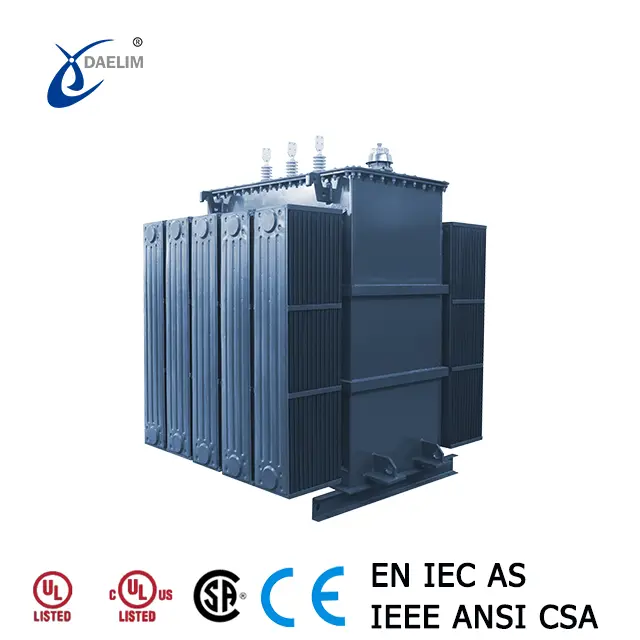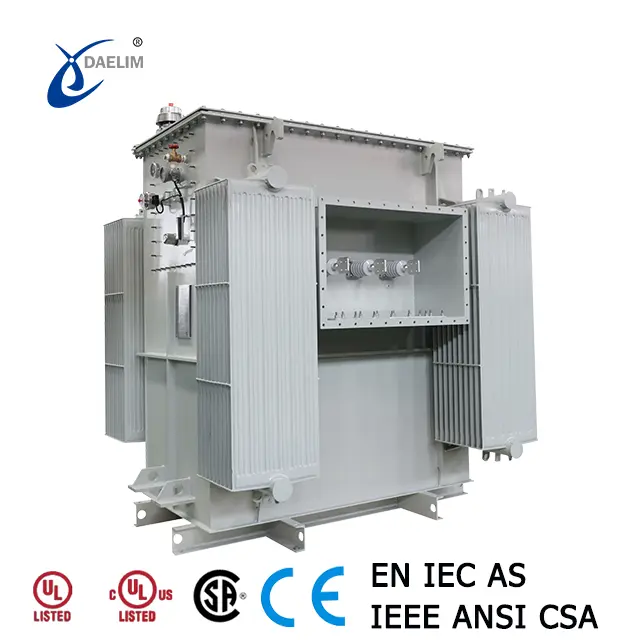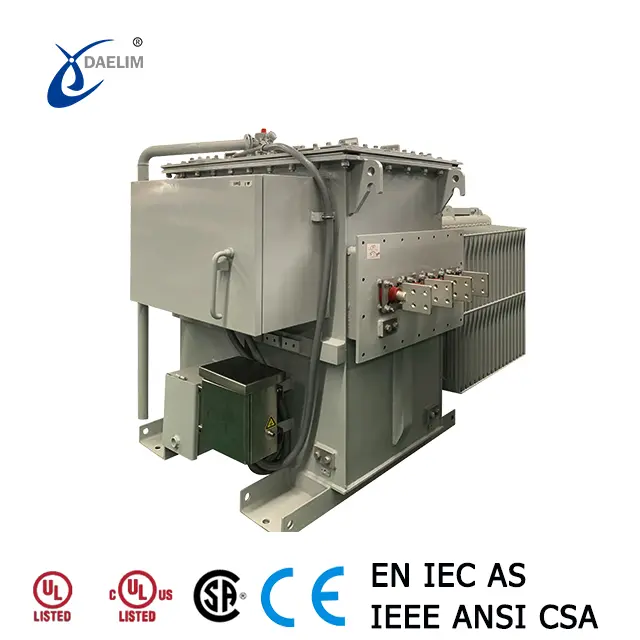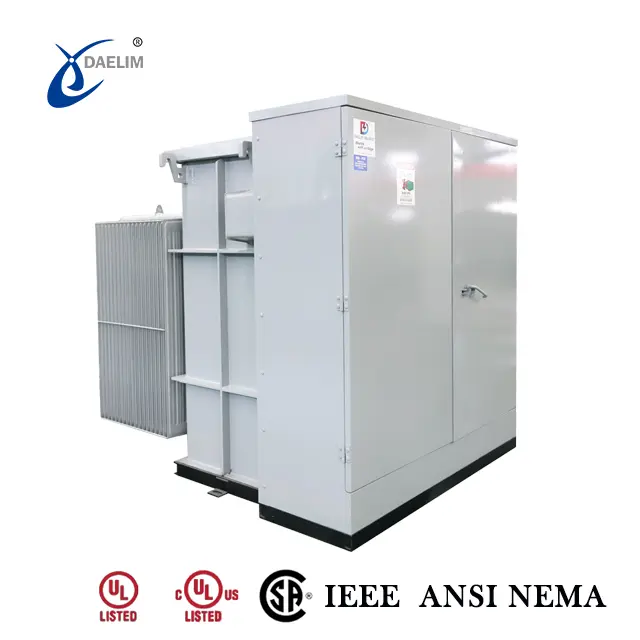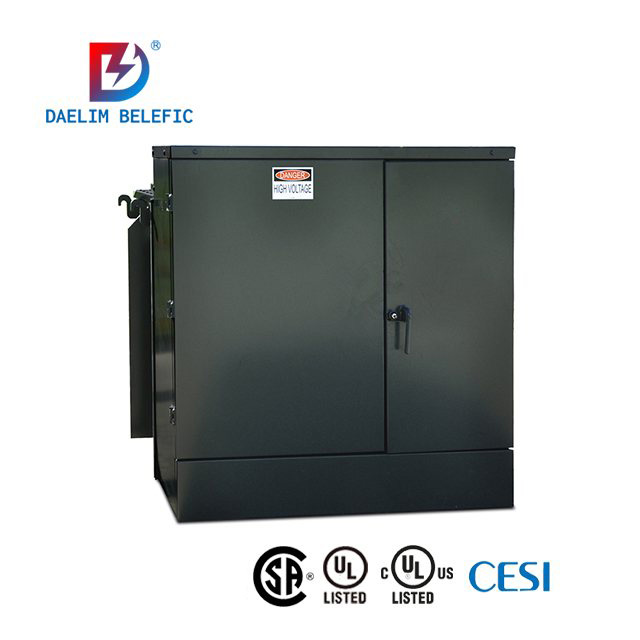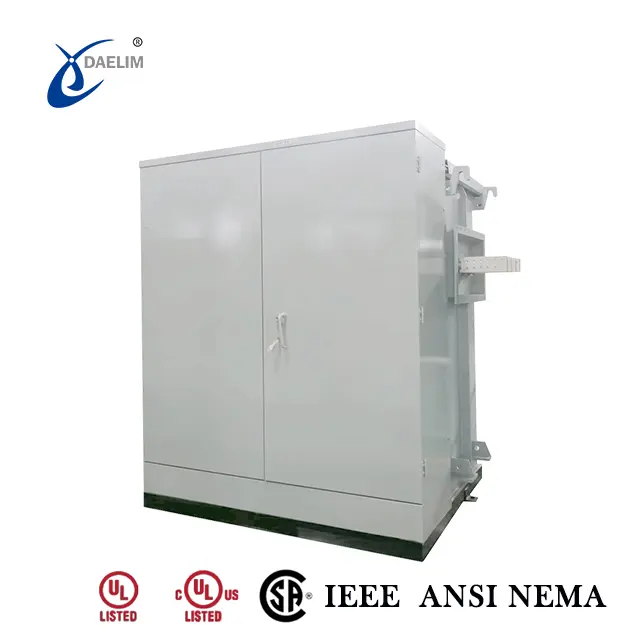Why Choose Silicon Steel Sheets for Transformer Cores?
Transformers, crucial for voltage regulation and electricity transmission, rely heavily on their core materials for optimal performance. The iron core, often likened to the "heart" of a transformer, plays a pivotal role in this regard. Here’s why silicon steel stands out as the preferred material for transformer cores:
High Magnetic Permeability
Silicon steel possesses exceptional magnetic permeability, enabling efficient circulation of magnetic flux within the transformer core. This property is essential for enhancing voltage regulation and optimizing energy transmission in power systems.
Low Core Losses
A key advantage of silicon steel is its significantly low core losses, surpassing those of other materials. This characteristic minimizes energy dissipation as heat during the cyclic magnetization and demagnetization processes within the core, thereby improving overall operational efficiency.
Learn more about Transformer Losses
Excellent Hysteresis Performance
Silicon steel demonstrates superior hysteresis performance, swiftly responding to changes in magnetic fields. This responsiveness leads to lower hysteresis losses compared to alternative materials, thereby reducing energy wastage and enhancing cost-effectiveness.
Robust Corrosion Resistance
Silicon steel exhibits strong resistance to corrosion, protecting the transformer core from environmental degradation and chemical exposure. This durability ensures prolonged operational reliability and reduces the need for frequent maintenance over the transformer's lifespan.
Cost-Effectiveness
While initial costs for silicon steel may be higher than some alternatives, its superior performance and extended service life justify the investment. The efficiency in energy transmission and reduced long-term operational expenses make silicon steel a cost-effective choice for transformer cores.
You may enjoy: The Ultimate Guide to Core Type Transformers
Structural Support
Beyond its magnetic and electrical properties, silicon steel provides robust mechanical support for the transformer’s windings and components. This structural integrity enhances overall reliability and durability under diverse operating conditions.
In conclusion, silicon steel’s selection as the core material for power transformers is based on its exceptional magnetic properties, minimal energy losses, corrosion resistance, and cost-effectiveness. These attributes collectively underscore silicon steel’s pivotal role in optimizing transformer performance and ensuring reliable electricity transmission in modern power systems.
If you have more questions about transformer cores and transformers, please contact Daelim Transformer immediately.
Related Products
Related Article
Effects of Core Rusting on Transformers
Rust on a transformer's silicon steel sheets increases core loss and reduces efficiency. It causes overheating, degrading insulation and shortening lifespan. Rust also lowers magnetic conductivity, raises iron loss, and escalates hysteresis and eddy current losses, leading to higher induced currents, increased heat, and capacity loss.
Differences Between Copper Core and Aluminum Core Transformers
Copper core transformers offer better conductivity, slower temperature rise, and are ideal for high-load applications. Aluminum core transformers are more economical, heat up faster, and are suitable for lower loads. Choose based on your specific load requirements.
Requirements for Transformer Core Grounding Points
Transformer cores must have a single grounding point to prevent floating potentials, short-circuit currents, and overheating. Improper grounding can cause insulation damage, increased iron loss, gas generation, and power interruptions, compromising transformer and grid safety.
Manifestation Characteristics of Transformer Core Grounding Fault
Transformer core grounding faults cause overheating, gas production, and insulation damage. Symptoms include increased hydrocarbons in oil analysis, high grounding current, and visible core burns or discharge marks. Accurate diagnosis requires comprehensive testing, electrical measurements, and visual inspections.
Prevention and Treatment Measures for Transformer Core Grounding Faults
Prevent transformer core grounding faults by ensuring proper insulation, regular current measurements, and chromatographic analysis. Address faults with temporary measures, inspections, and targeted repairs. Emphasize design and manufacturing standards to prevent faults and ensure safe operation.
Comprehensive Guide to Transformer Insulation: Types, Structures, and Maintenance
Transformer insulation is a cornerstone of electrical safety and reliability, crucial for maintaining operational efficiency and preventing catastrophic failures. By understanding the types, structures, methods, and materials involved in transformer insulation, operators can effectively manage and maintain transformers to ensure long-term performance and safety in power distribution networks.

